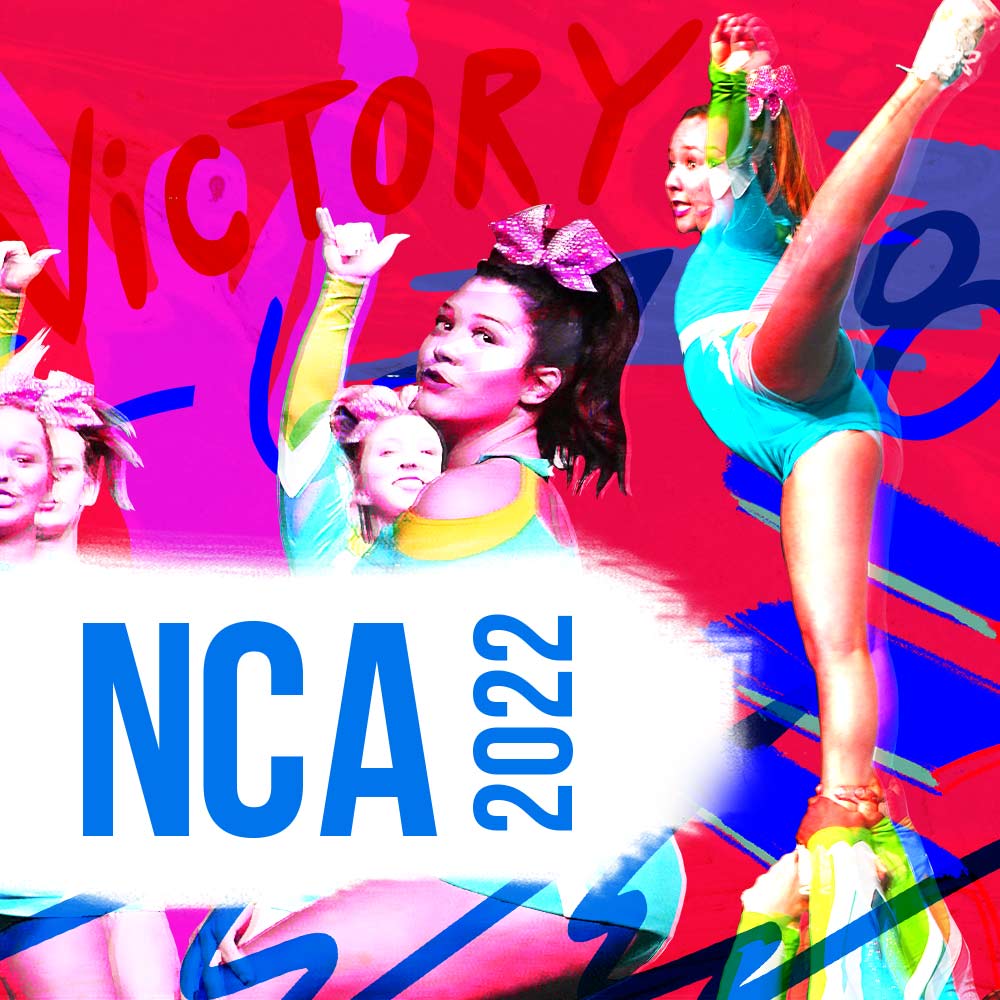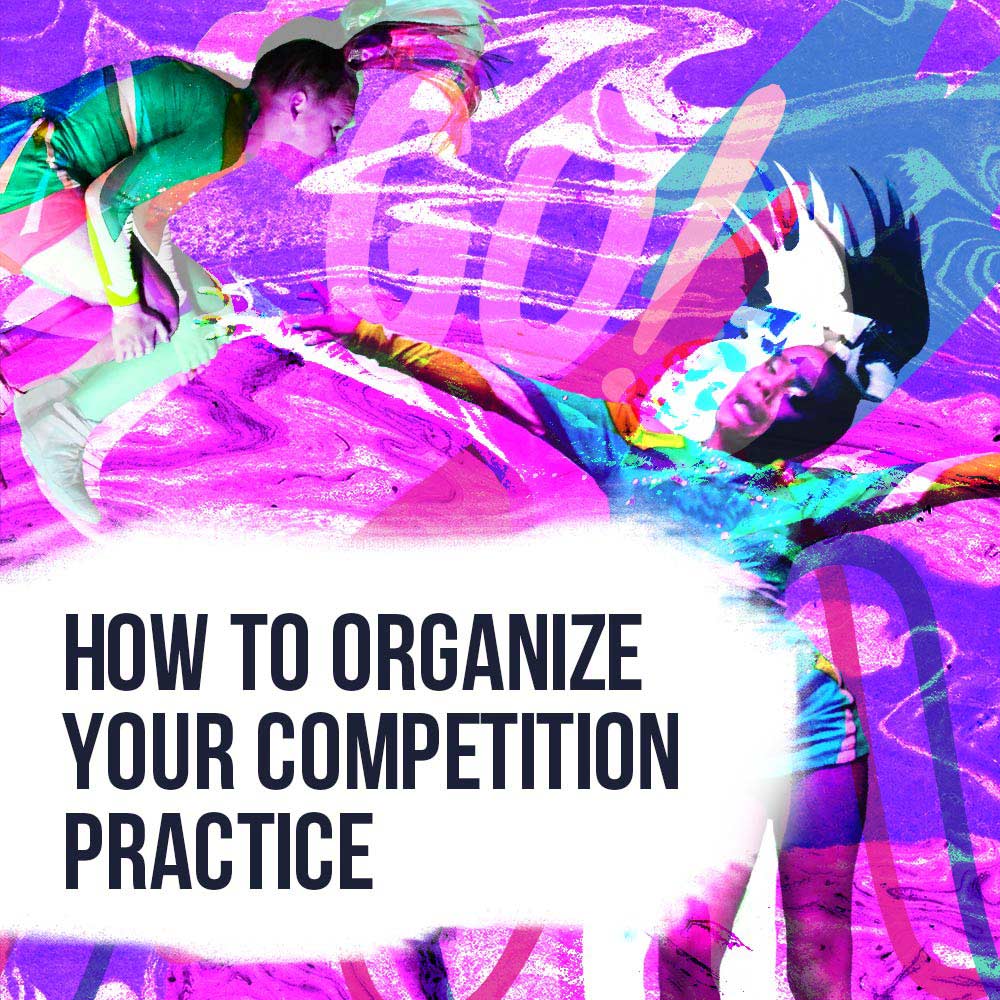
Time and time again you and your team have been told to drink water. It is easy to stay hydrated when you are at a practice in August and the air conditioning isn’t working, or on the sideline in September in a game just went into overtime. However, the dangers of dehydration are just as big a deal in February as they are in July! When it is cold outside, we do not often remember that we must stay hydrated, but it is important to keep your body adequately fueled with water regardless of the time of year or weather.
What is Dehydration?
Most of us assume that it means getting thirsty, especially when we are sweating a lot. However, dehydration is significantly more concerning than just a dry mouth. Water makes up most of our bodies, and regularly replenishing our supply is paramount to keeping healthy. Not having enough water can lead to a variety of medical issues like kidney stones and urinary tract infections. However, dehydration can be even more severe. Once your body has insufficient water you may notice your urine turns darker, and you stop sweating. You may feel light-headed or get a headache for no reason. Once these symptoms begin you are in danger. Dehydration can lead to kidney failure, brain swelling, even coma and death.
Hydration in the Winter
Because we normally wear more layers of clothes in the winter, we often do not notice how much water we are losing in our day-to-day activities. That said, every time you take a breath or go to the bathroom you are losing fluids out of your body. Those fluids need to be replaced, and just drinking at meal times is generally not enough water to replace what you have lost in your daily activities. This becomes an even bigger issue in the winter. Winter air is frequently drier than it is during the summer, pulling even more water out of your body with each breath. When it is hot outside and you are sweating your body reminds you that you need water, but when you are bundled up and battling the wind those same physical reminders are no longer as prominent.
Improving Hydration
Everyone has different hydration needs. Height, weight, activity level, and environment all play a big part in deciding how much water you or someone on your team needs daily. Most medical experts suggest that you drink about a gallon of water a day, but that can be hard! There are a few tricks you can use to help you and your squad get to that “1-gallon goal.” First, try to reduce the amount of high-sugar beverages in your diet. The sugar in these drinks can impair your body’s ability to absorb water, and give you a false sense of hydration. Second, consider carrying a small water bottle around with you during the day, and refilling it often: constant access to water will help you get to your goal (you can add some fresh fruit if you need a little flavor!). Next, consider increasing your intake of fruits and vegetables. These have a higher water content, so it allows you to “eat” some water during your meals. Finally, make sure that your squad takes frequent short water breaks during workouts, practices, and competitions. Just a two-minute break every 20 minutes or so should be enough to keep you and your team hydrated as long as everyone drinks some water at each break.
Too Much Water?
Over the course of the day most people should be aiming to drink about a gallon of water. However, you and your team need to be careful about how much water you drink at one time. In general, you do not want to drink more than a liter of water in an hour. More than that can lead to water toxicity, where the body takes in more water than it can process. However, drinking a liter of water in one hour is a lot of water, and most people cannot comfortably drink more than that without feeling discomfort. Taking frequent water breaks during practice and over the course of the day can help. When you are on a water break, think about drinking the water instead of chugging it.
Winter is a hard time to remember to stay hydrated, but doing so is important. If your squad is not staying adequately hydrated during the winter months you may see increased injuries, and issues with focus and headaches as a result. Work with your team to develop a hydration plan that includes frequent, short breaks to drink water, and encourage everyone to drink water during those breaks, even if they are not thirsty. Be certain that you and your teammates are checking for early signs of dehydration as well. As a rule of thumb: if you are thirsty, you have already waited too long to drink. By addressing proper hydration as part of your normal routine, you should find that your teammates are healthier and happier, with fewer members suffering from dehydration headaches and cramping.




















